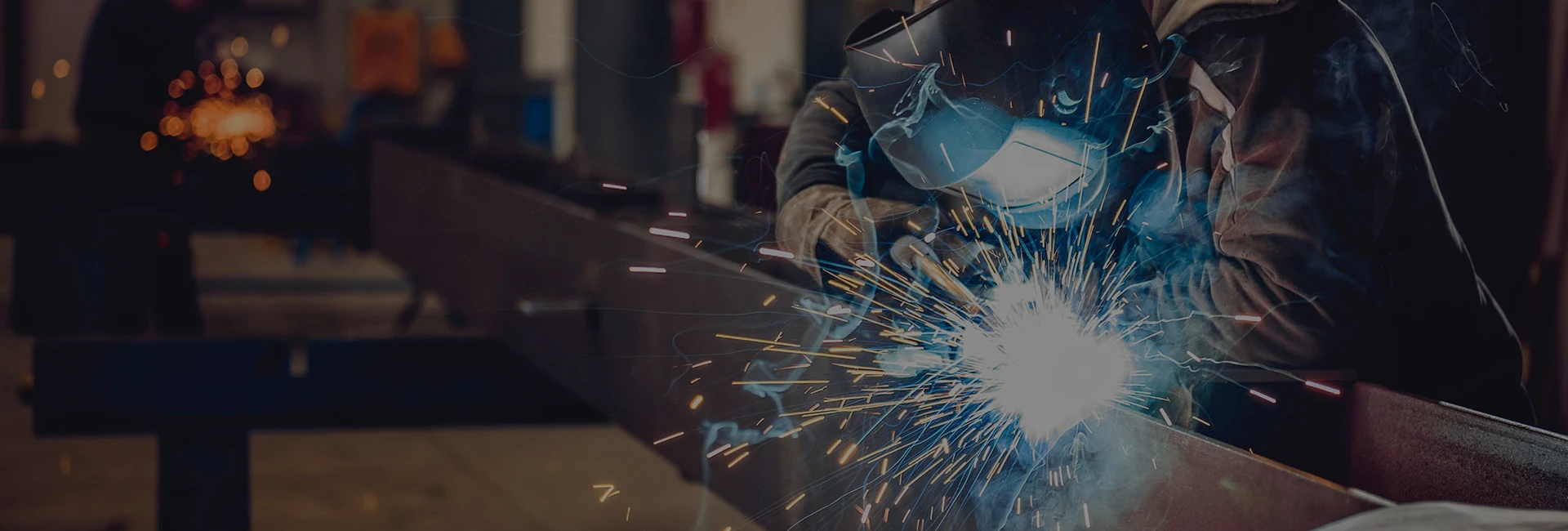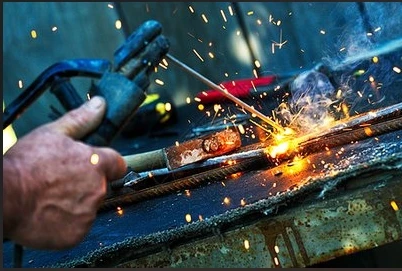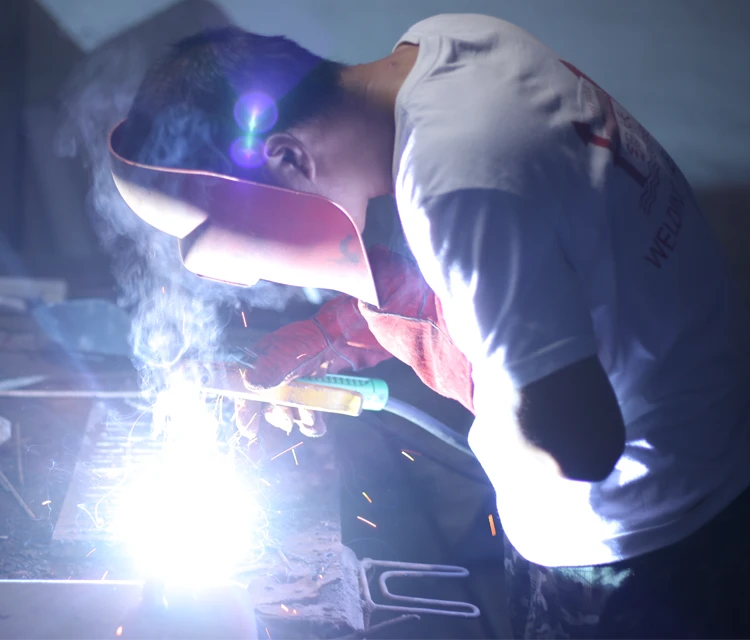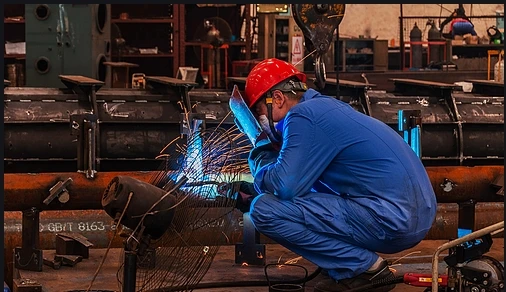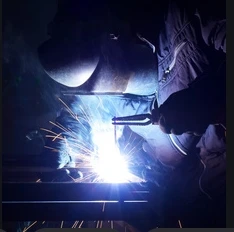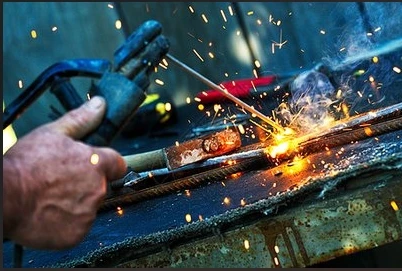Different Types of Welding Rods for Cast Iron Repair
Th8 . 29, 2025 17:06
Dingzhou Jinlong Metal Production offers comprehensive welding electrodes for sale specifically designed for cast iron repair applications. Our product range encompasses various welding rod types engineered to address the unique challenges of cast iron welding. Understanding the different types of welding rods available ensures proper selection for specific repair scenarios, from engine blocks to industrial machinery components. With our expertise in manufacturing and international certifications, we provide reliable solutions that meet the demanding requirements of cast iron repair across automotive and industrial sectors.
Understanding Welding Rod Types
• Welding rod types are classified based on core composition and coating characteristics
• Nickel-based electrodes dominate premium cast iron repair applications
• Mild steel options provide economical solutions for non-critical repairs
• Specialty alloys address specific cast iron compositions and repair conditions

Available Welding Electrodes for Sale
• Welding electrodes for sale include nickel-iron (55% nickel) formulations
• Pure nickel (99% nickel) electrodes available for machinable repairs
• Nickel-chromium alloys offered for heat-resistant cast iron applications
• Coated mild steel electrodes provide budget-friendly alternatives
Exploring Different Types of Welding Rods
• Different types of welding rods feature varying thermal expansion coefficients
• Flux formulations designed for cast iron's high carbon content and impurities
• Electrode diameters tailored for specific repair thicknesses and applications
• Special coatings control weld metal dilution and prevent cracking
Technical Specifications and Properties
• Tensile strength ratings match various cast iron grades and applications
• Elongation properties accommodate cast iron's limited ductility
• Hardness values ensure compatibility with parent material characteristics
• Preheat and interpass temperature requirements specified for each type
Application Techniques and Procedures
• Proper preheating protocols prevent thermal shock and cracking
• Peening techniques relieve welding stresses in cast iron repairs
• Controlled cooling rates maintain structural integrity post-welding
• Pass selection and deposition patterns optimize repair quality
Quality Assurance and Certification
• ISO 9001 certification ensures consistent manufacturing quality
• Chemical composition verification guarantees electrode performance
• Performance testing validates welding characteristics for cast iron
• Batch traceability provides quality assurance documentation
Welding Electrodes for Sale FAQs
Q: What factors should I consider when choosing welding electrodes for sale for my project?
A: When selecting welding electrodes for sale, focus on three core factors: 1) Base material—match the electrode to the metal (e.g., mild steel electrodes for carbon steel, stainless steel electrodes for alloy steels); 2) Welding position (flat, vertical, overhead)—choose electrodes designed for your setup (e.g., E6013 for all positions, E7018 for flat/horizontal); 3) Project requirements (strength, corrosion resistance)—low-hydrogen electrodes (E7018) suit high-strength needs, while stainless steel electrodes (E308L) work for corrosive environments. Also check packaging condition (moisture damages low-hydrogen types) and supplier certifications.
Q: What are the most common welding rod types and their typical applications?
A: The most common welding rod types include: 1) E6013 (mild steel)—versatile for general repairs, DIY projects, and thin-sheet metal; 2) E7018 (low-hydrogen mild steel)—ideal for structural welding (bridges, pressure vessels) due to high strength and crack resistance; 3) E308L (stainless steel)—used for food-grade equipment, chemical pipelines, and marine parts; 4) ENiFe-C1 (cast iron)—specialized for repairing cast iron machinery (engine blocks, pumps). Each type is labeled by AWS standards to indicate usability and performance.
Q: How do different types of welding rods perform in wet or humid conditions?
A: Different types of welding rods vary in moisture resistance: Low-hydrogen rods (E7018, E8018) are highly sensitive to moisture—absorbed water causes porosity (bubbles) in welds and increases crack risk, so they need storage in sealed containers or ovens. Mild steel rods (E6013) are more moisture-tolerant but still perform best when dry. Stainless steel rods (E308L) also require dry storage to avoid chromium carbide precipitation (which reduces corrosion resistance). For wet environments, choose moisture-resistant-coated rods or preheat the electrode before use.
Q: Can I buy welding electrodes for sale in small quantities, or do suppliers only offer bulk orders?
A: Most suppliers offer welding electrodes for sale in both small and bulk quantities to suit diverse needs. DIY users or small workshops can purchase small packs (1kg–5kg) of common types (E6013, E7018). For industrial projects, bulk orders (25kg drums, 1-ton pallets) are available with discounts. Many online suppliers also cater to small orders, though shipping costs may be higher for smaller quantities. Always confirm minimum order quantities with the supplier—some specialize in bulk but still accommodate small requests for specialized rods.
Q: How do I distinguish between high-quality and low-quality welding rod types when purchasing?
A: To spot high-quality welding rod types, check: 1) Coating condition—uniform, intact coatings (no cracks, chips, or discoloration) ensure stable arcs; 2) Certification—look for AWS, ISO, or CE marks (e.g., AWS A5.1 for mild steel rods) to confirm compliance with standards; 3) Core wire quality—smooth, rust-free core wires prevent contaminants in welds; 4) Performance tests—high-quality rods produce minimal spatter, even slag coverage, and strong, ductile welds. Avoid rods with uneven coatings, loose packaging, or no certification—these often lead to weak welds or arc instability.
Video liên quan



